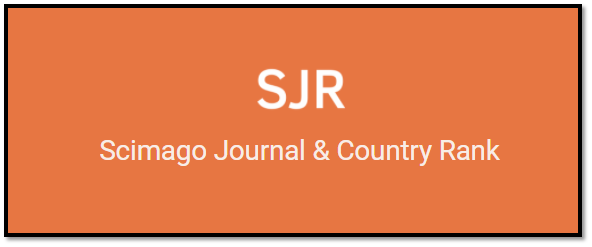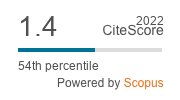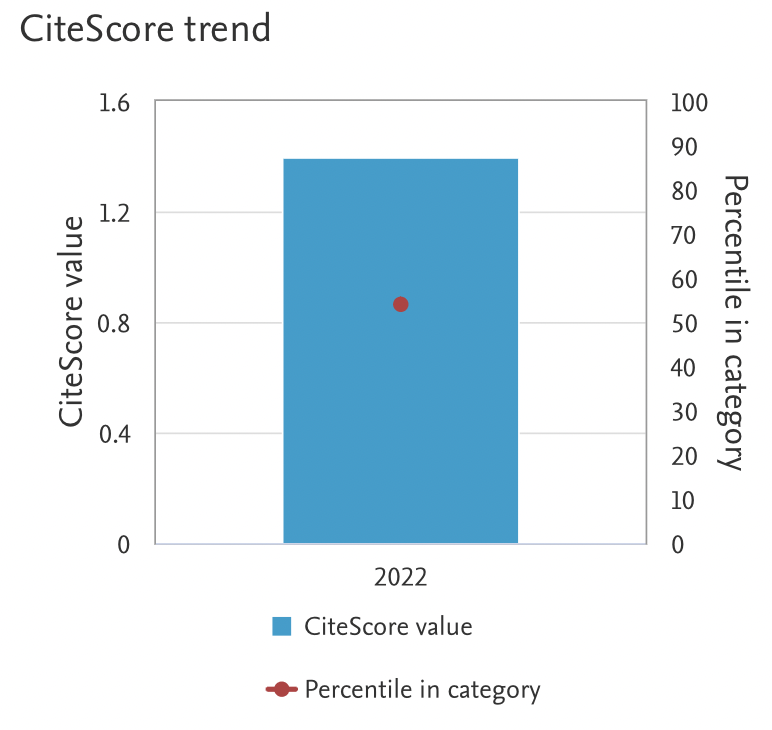Effect of Slope Gradient on The Application of Vetiver Grass for Slope Stabilization
DOI:
https://doi.org/10.37934/araset.47.1.5666Keywords:
Vetiver Grass, Slope Stabilization, Root Enhancement, Physical PropertiesAbstract
Slope failure has been a common disaster that occurred all over the world and causes infrastructure damage or/and causalities. The application of vegetation as part of slope stability and to control erosion has proven to be cost-effective for stabilizing the surface of the slope. This research describes the unique characteristics of Vetiver Grass as a bioengineering technique to use for stabilizing slopes. The objectives of this research are to measure the mechanical properties and tensile shear strength of roots in soil with different slope gradients (45°, 50°, and 60°). The methodologies of this study were carried out through physical modeling and lab work to analyze the objective. Shear boxes were applied to measure the mechanical properties and tensile strength of roots in soil with different slope gradients. For 21 days, the greatest soil and root shear stress for 45°, 50°, and 60° slope gradients is 13.73 kN/m2,13.70 kN/m2, and 13.25 kN/m2, respectively. Meanwhile, for 30 days, the greatest shear stress of soil with roots at 45°, 50°, and 60° slope gradients is 32.93 kN/m2, 27.71 kN/m2, and 27.22 kN/m2 respectively. Therefore, the 45° slope gradient has the largest shear stress for a period of 21 days and 30 days. According to this research, among slope gradients of 50° and 45°, the Vetiver root for the 60° slope gradient has the greatest value for tensile strength, which is 0.025 kN for 30 days, while for a period of 21 days it is 0.024 kN. However, to have better approach its appropriate if the Vetiver grass planted with slope gradient 450 since obtained great Vetiver root strength compared to others slope gradient. This study can be used as a reference to produce a slope stabilization method by using Vetiver Grass as its medium of bioengineering technique in the future.
















